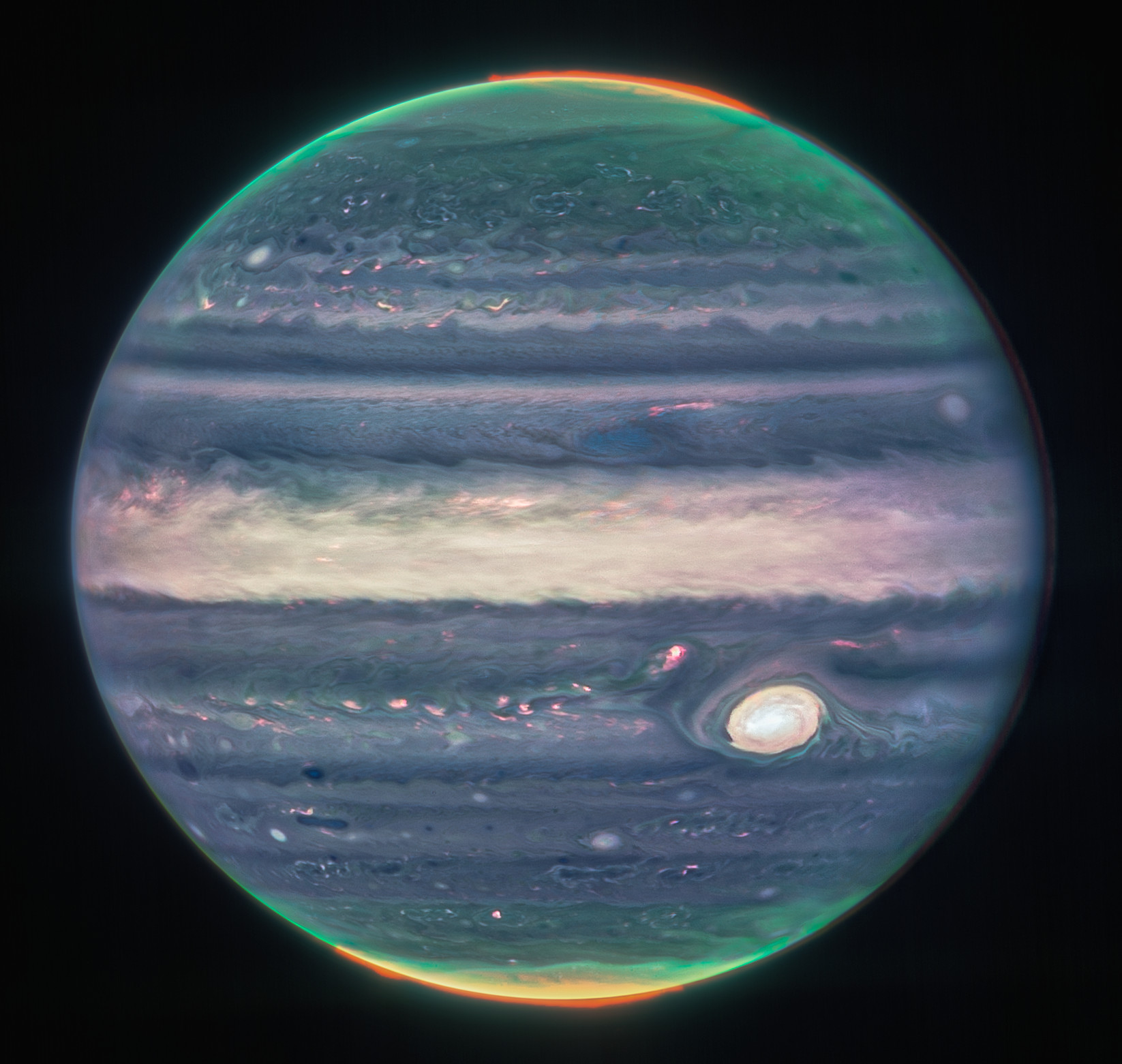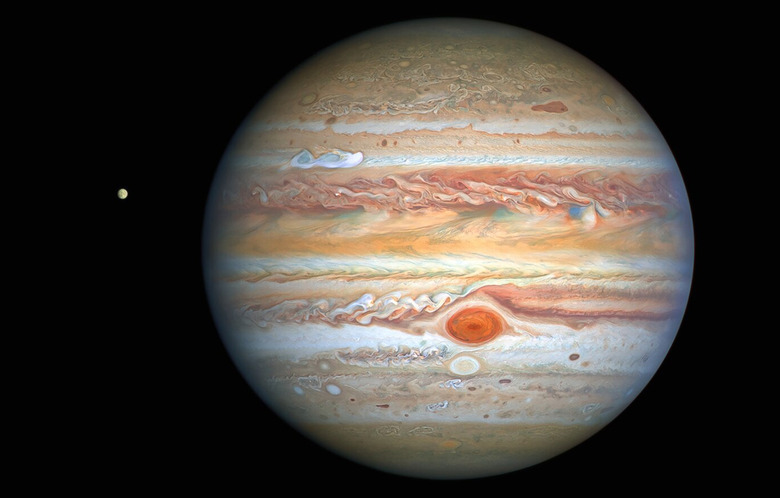Jupiter's Iconic Giant Red Spot May Be Younger Than The United States
Jupiter's Red Spot is one of the most iconic features of the gas giant and a prevailing point in many of the photos we have of the largest planet within our solar system. But the Red Spot's age doesn't exactly match up with Jupiter's. In fact, new research claims that the current Red Spot is much younger than you might think—even younger than the United States.
The first known observation of Jupiter's red storm has often been attributed to Giovanni Domenico Cassini in 1665. However, new research suggests that the massive storm observed by Cassini is not the same one we see today. In fact, it's believed that that particular storm vanished at some point, and the current Great Red Spot appeared sometime in the 1830s.
The mysterious thing about the other Red Spot's age is that the storm that Cassini observed appeared at exactly the same latitude on Jupiter. It stayed there for a while but then vanished for almost 120 years, researchers note in a new study that has been published in Geophysical Research Letters. The new study concludes that the latest storm—which is so massive that it's wider than Earth—is now around 190 years old.

Despite the difference in its age, the storm continues to be one of the single greatest forces of nature that humankind has ever observed, even from a distance. It is estimated that the storm packs winds that can reach up to 400 miles per hour.
While researching the Red Spot's age, the scientists learned that the older storm was much smaller than the one observed in the 1830s. That means that to be the same storm, the Red Spot that Cassini observed would have had to grow up to three times its size—something we've never observed in storms on the gas giant. That isn't to say it's impossible; it's just unlikely, as the current Great Red Spot has continued to shrink.
Back in 1879, it was roughly 24,200 miles across. Now, it's just 8,700 miles wide, roughly the same size as the one Cassini witnessed. That means we could be watching the storm die down slowly, just like astronomers did in the 18th and 19th centuries.
